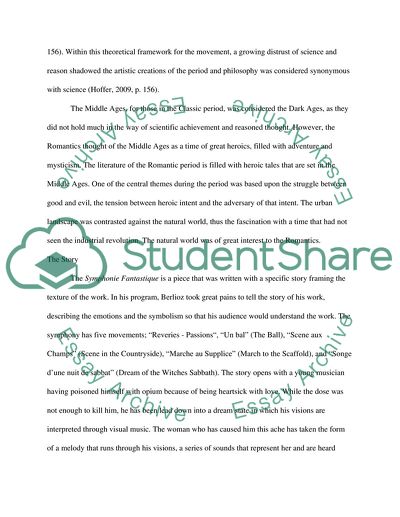Cite this document
(Elements of Romanticism seen in Berlioz's Symphonie Fantastique op 14 Research Paper, n.d.)
Elements of Romanticism seen in Berlioz's Symphonie Fantastique op 14 Research Paper. Retrieved from https://studentshare.org/music/1746798-elements-of-romanticism-seen-in-berliozs-symphonie-fantastique
Elements of Romanticism seen in Berlioz's Symphonie Fantastique op 14 Research Paper. Retrieved from https://studentshare.org/music/1746798-elements-of-romanticism-seen-in-berliozs-symphonie-fantastique
(Elements of Romanticism Seen in Berlioz'S Symphonie Fantastique Op 14 Research Paper)
Elements of Romanticism Seen in Berlioz'S Symphonie Fantastique Op 14 Research Paper. https://studentshare.org/music/1746798-elements-of-romanticism-seen-in-berliozs-symphonie-fantastique.
Elements of Romanticism Seen in Berlioz'S Symphonie Fantastique Op 14 Research Paper. https://studentshare.org/music/1746798-elements-of-romanticism-seen-in-berliozs-symphonie-fantastique.
“Elements of Romanticism Seen in Berlioz'S Symphonie Fantastique Op 14 Research Paper”, n.d. https://studentshare.org/music/1746798-elements-of-romanticism-seen-in-berliozs-symphonie-fantastique.


